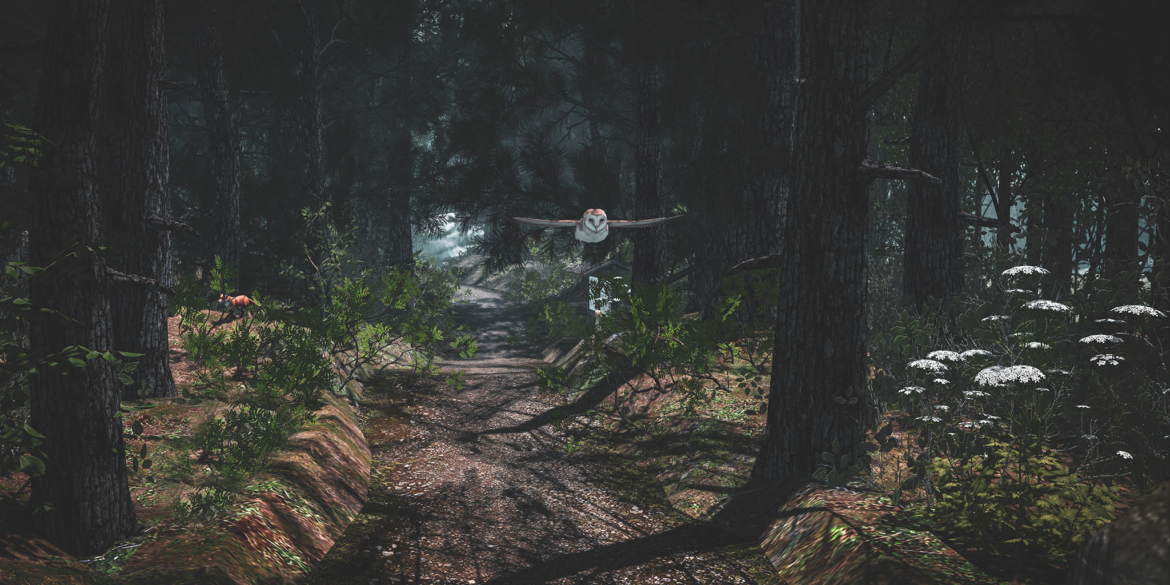As winter fades and spring unfolds, something incredible is happening beneath our feet—an underground network is buzzing with activity, preparing trees for their seasonal awakening. While we might notice buds emerging and leaves unfurling, what we don’t see is the hidden world of tree communication, where roots and fungi work together to send messages, share nutrients, and even nurture young saplings.
That’s right—trees talk. And their conversations are nothing short of fascinating.
Deep beneath the forest floor, trees are connected through a vast, intricate system known as the mycorrhizal network. This underground web is made up of fungal threads, or mycelium, which link tree roots together like nature’s own internet. Through this system, trees can send signals, warn each other of threats like insect infestations or disease, and even help struggling neighbors by passing along water and nutrients.
And at the heart of this network? The mother trees—the wise, old giants of the forest.
Mother trees are the oldest, most established trees in a forest. They serve as central hubs in the mycorrhizal network, supporting younger saplings by sharing carbon, nutrients, and even immune-boosting compounds. When new trees sprout in their shade, mother trees don’t see them as competition. Instead, they nurture them—literally feeding them through the underground fungal network to help them grow strong.
In the spring, as trees shake off winter dormancy, mother trees help jumpstart the process. They sense seasonal changes and begin sending signals through the network, encouraging other trees to wake up and start photosynthesizing. They also distribute stored nutrients to trees that need an extra boost, ensuring the whole forest emerges into spring as healthy and vibrant as possible.
Fun Facts About Talking Trees
- Trees can recognize their own offspring! They prioritize sharing resources with their seedlings over other nearby trees.
- A single tree can be connected to hundreds of other trees through fungal networks, creating a massive web of communication.
- Trees can release airborne chemical signals to warn neighbors about dangers. Some trees even produce chemicals that make their leaves taste bad when under attack from herbivores!
- Some fungi in the mycorrhizal network act like spies, eavesdropping on chemical signals between trees and responding to environmental changes.
This hidden world of tree communication reminds us that forests aren’t just collections of individual trees—they’re communities. Each tree, from towering mother trees to tiny seedlings, plays a role in keeping the forest ecosystem balanced. And in a time when forests face so many challenges, understanding how trees support each other gives us even more reason to protect these incredible ecosystems.
So, the next time you step into a forest in early spring, or any time of the year, take a moment to appreciate the silent conversations happening all around you. The trees are talking—you just have to know how to listen.
Want to learn more? If you’re as nerdy for nature as I am, check out these fascinating reads:
- “The Hidden Life of Trees” by Peter Wohlleben – A deep dive into how trees communicate, form friendships, and support each other in ways we’re only beginning to understand.
- “Finding the Mother Tree” by Suzanne Simard – Written by the scientist who first uncovered the role of mother trees in forest ecosystems, this book blends memoir and science beautifully.
“Nerdy for Nature” is a blog segment by Emm Evergarden, founder of The Nature Collective SL, which highlights various nature topics and nature in the news. She hopes you enjoy all of her nerdy musings and carry the info that you might learn, within your day-to-day lives – doing your part to be a steward and caretaker of the Earth and all its inhabitants.

